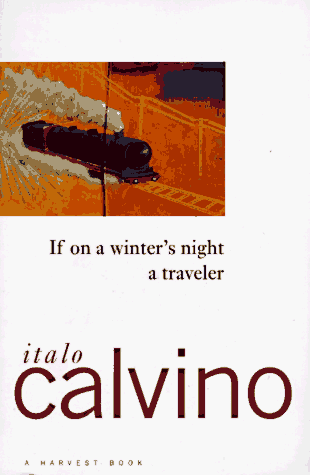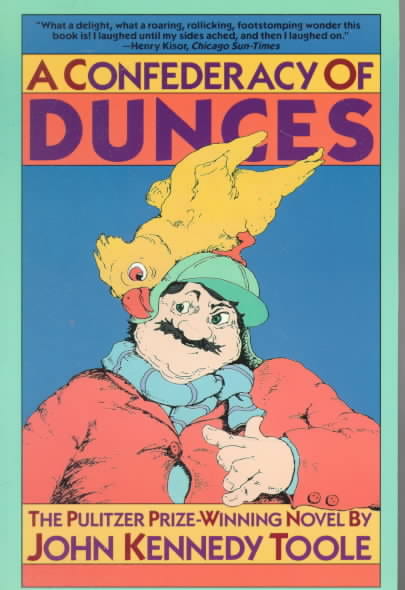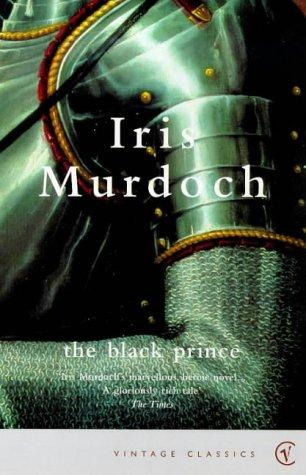
This is the second novel from Margaret Atwood that I've read and she is quickly becoming one of my favorites. The Blind Assassin was a great book I read earlier this year and I finally got around to following it up with The Handmaid's Tale. And while this novel lacks the plot complexity of the former, the writing is still first class and the story engrossing.
Set in the relatively near future, The Handmaid's Tale is a first person account of the dystopian society the United States has become after the assassination of the President and Congress by a fundamentalist religious group. Subtext informs the reader that fertility has become a major issue and so society has become very strictly ordered, with women not only being stripped of all rights, but becoming subjugates to the will of the ruling order of men. One strata of this new class system is the 'handmaid', women who are still fertile and are given as concubines to influential men ('commanders'). The wives of these commanders naturally resent the handmaids, but are a full part of the ceremony that takes place with the goal of procreation. Our narrator, Offred, slowly unfolds not only the lot she has been reduced to, but also gives a general history of how things came to be this way. A postscript sheds further light, but many Offred's ultimate fate remains somewhat of a mystery.
The novel raises a number of questions that could provide the grist for many meaningful conversations. One could argue that this is a feminist novel while another might argue that Atwood was trying to show a possible extreme reaction to feminism. I have no doubt that this book is a staple in Women's Studies and Women's Literature courses all over the world. I enjoyed this novel very much for its suspense, original plot, and for the way it made me think.
Another issue this book raised with me is the question of what constitutes science fiction. I noted in an earlier post that Atwood does not think of her novels as science fiction, and I think I understand that position with this book. While it is set in the future, does that automatically make a book fall within the 'science fiction' genre?
This novel was made into a film in the mid 90s starring the late Natasha Richardson.







































